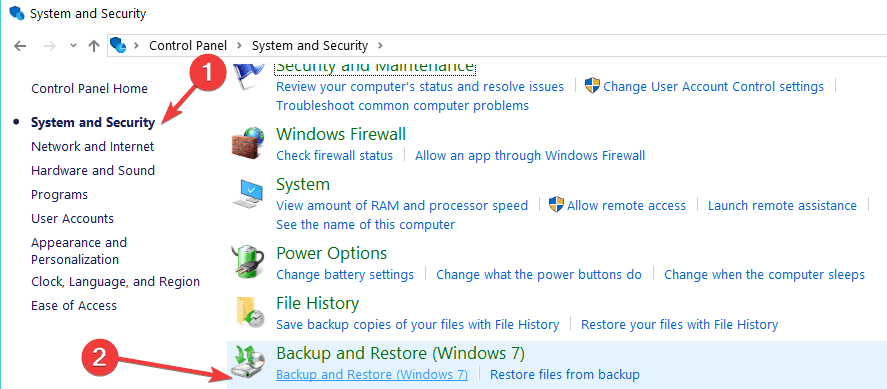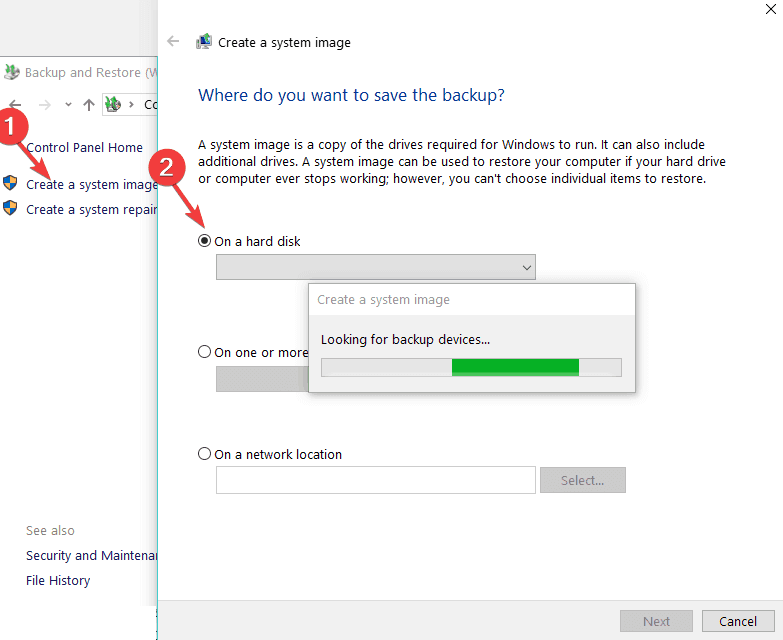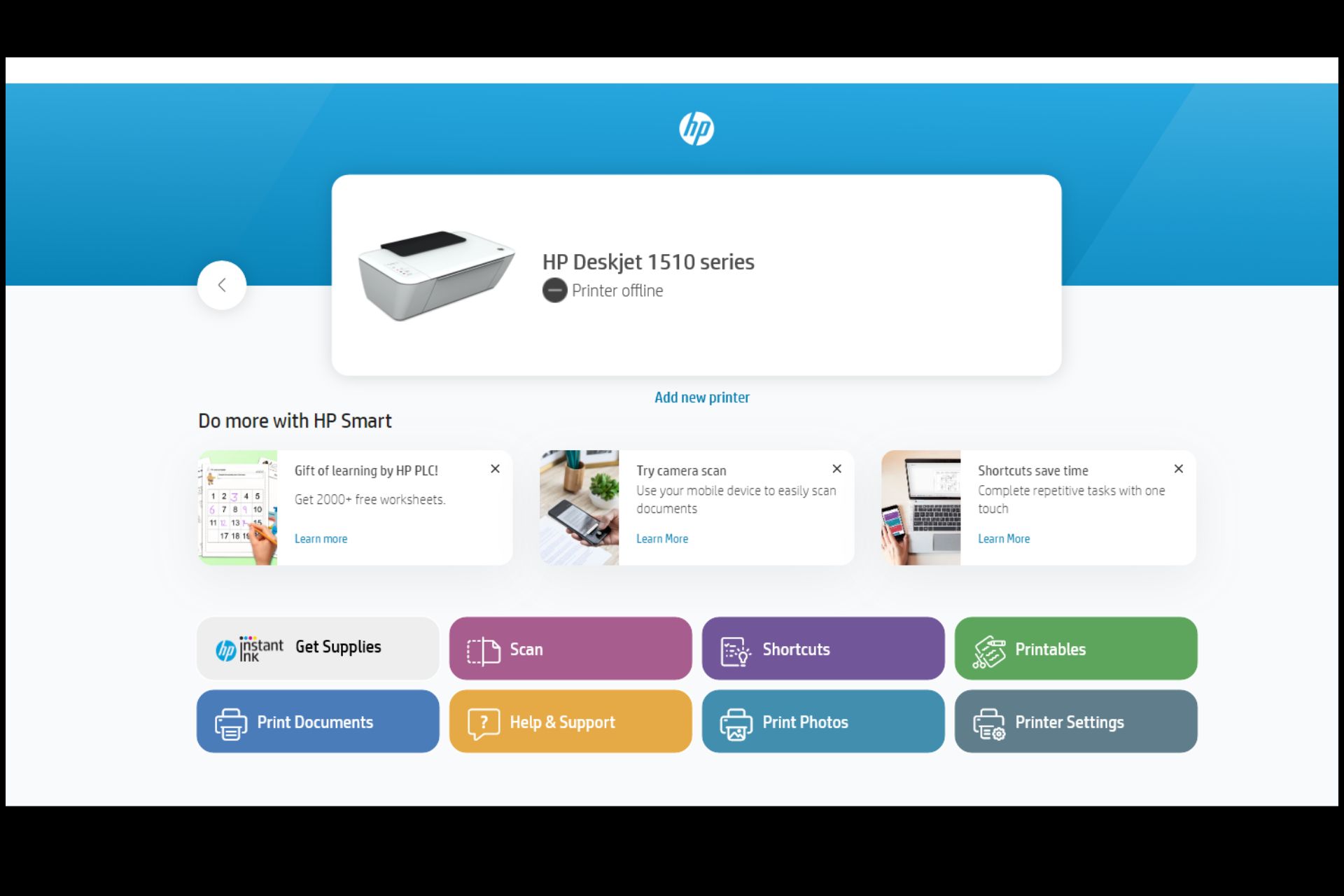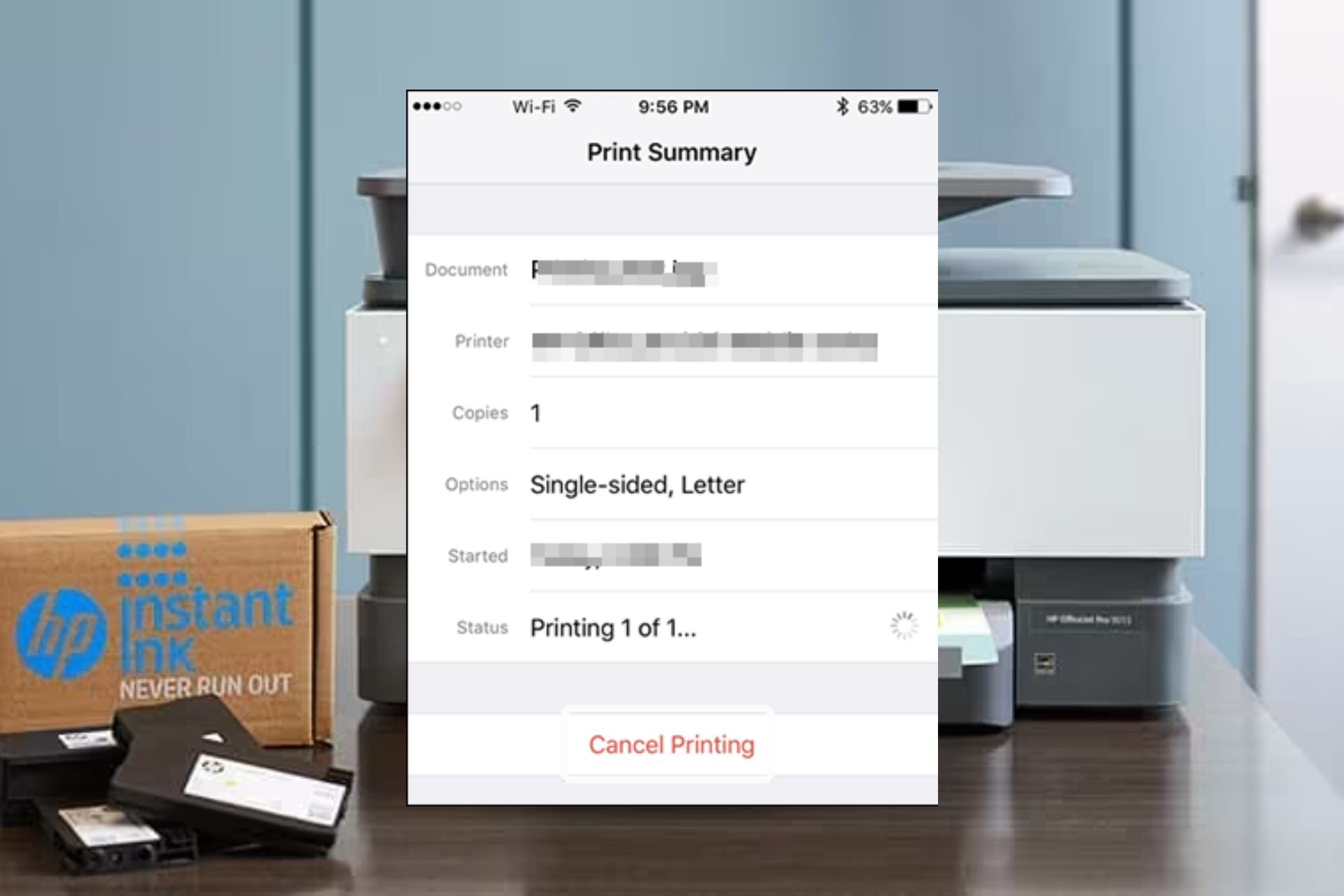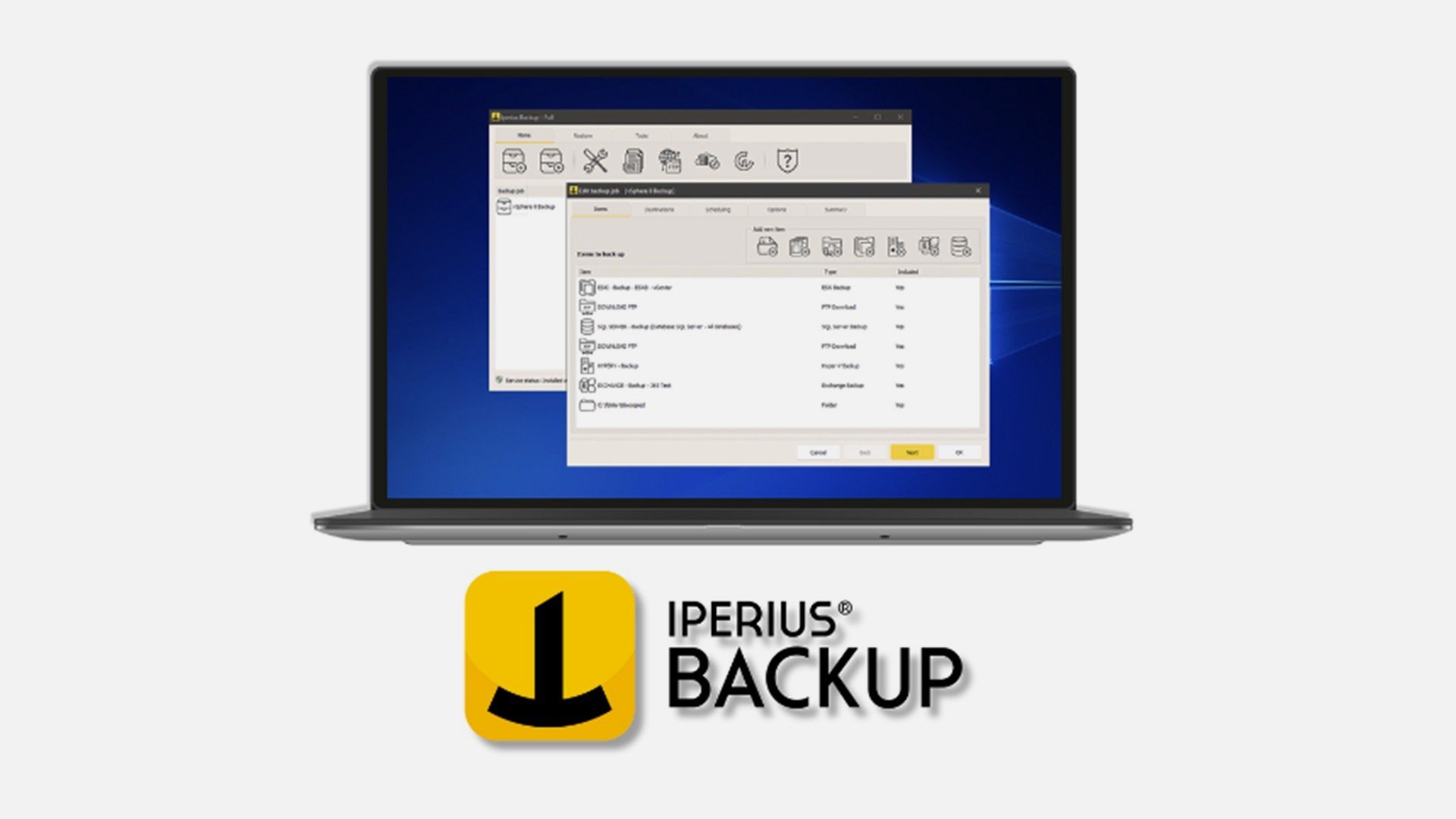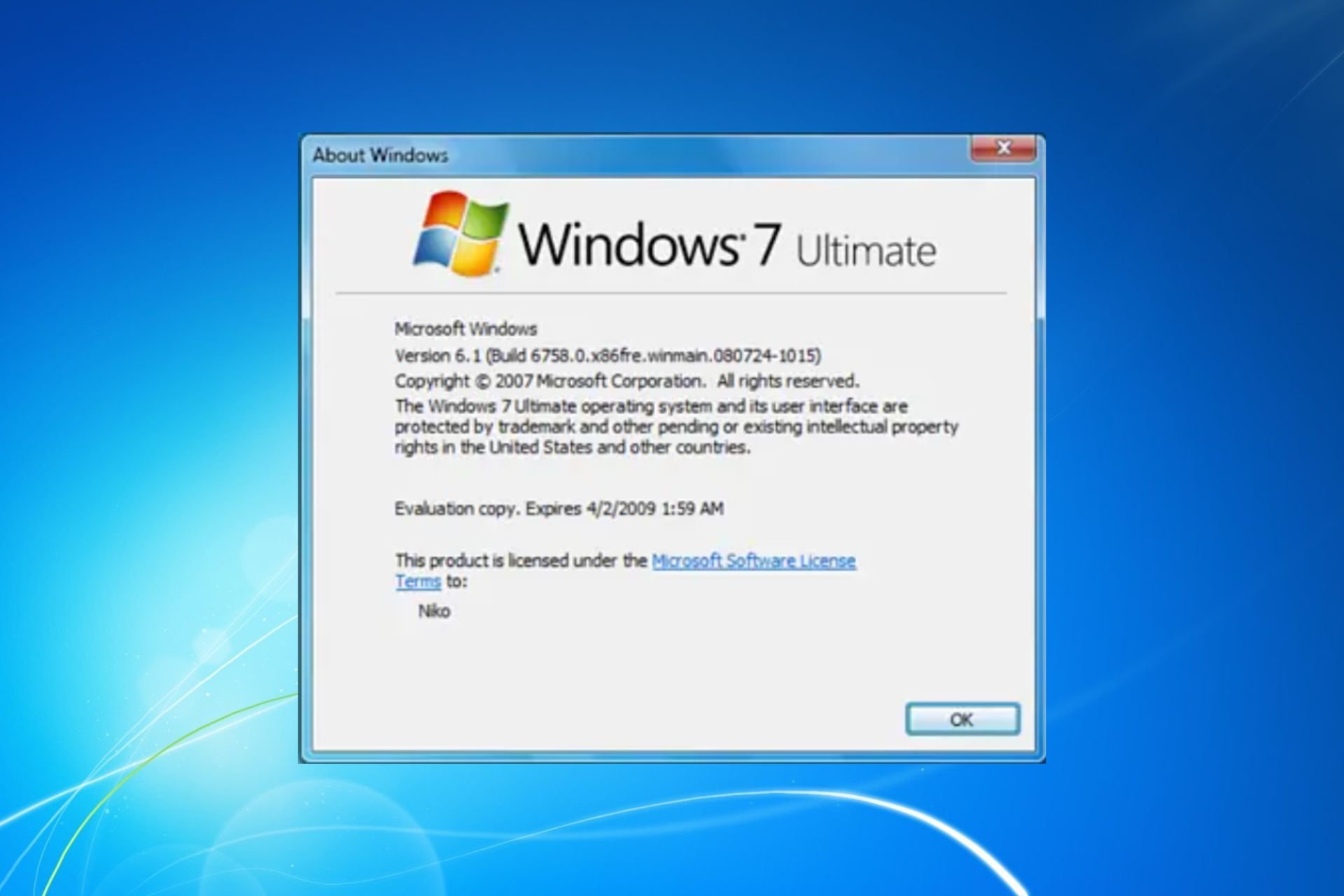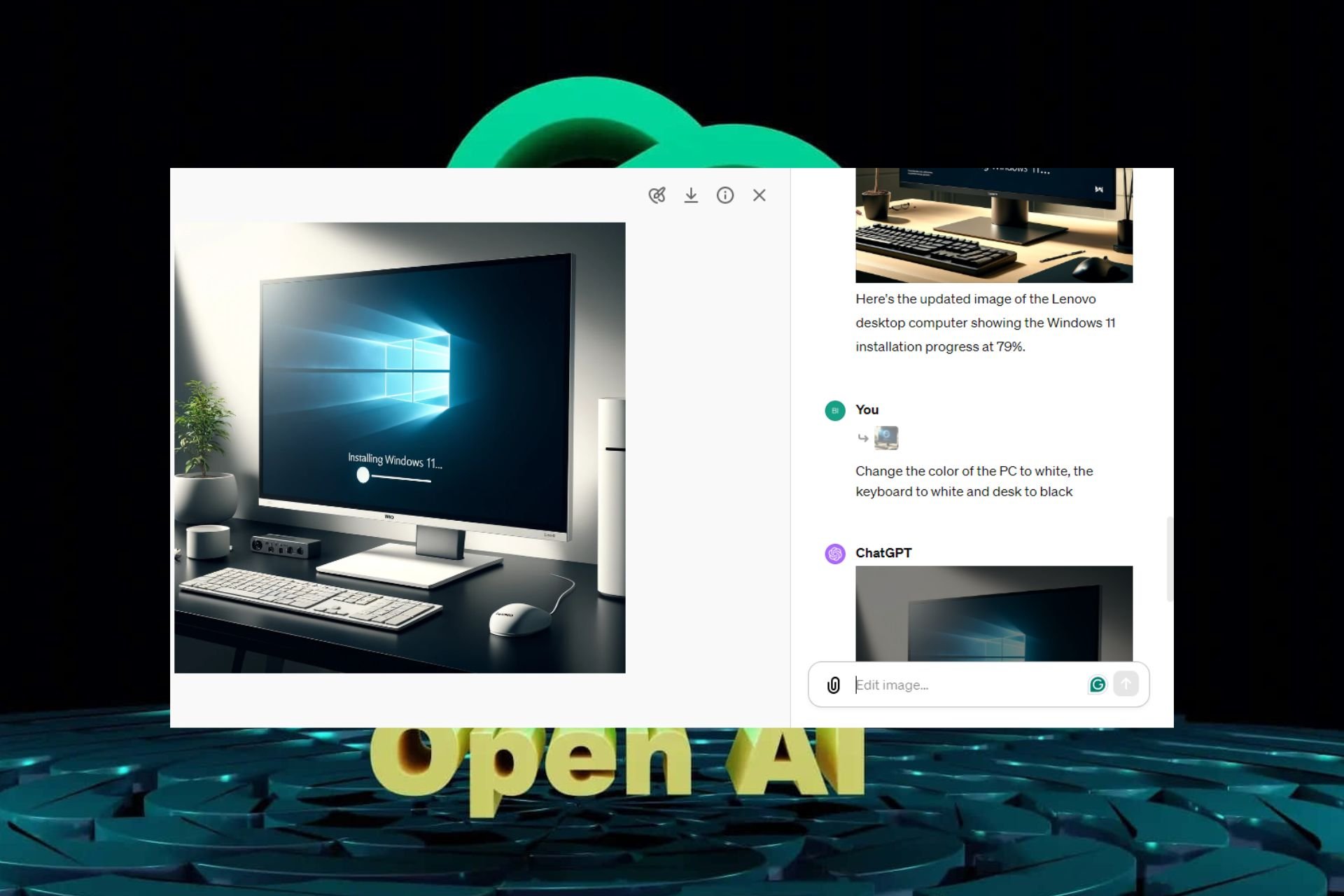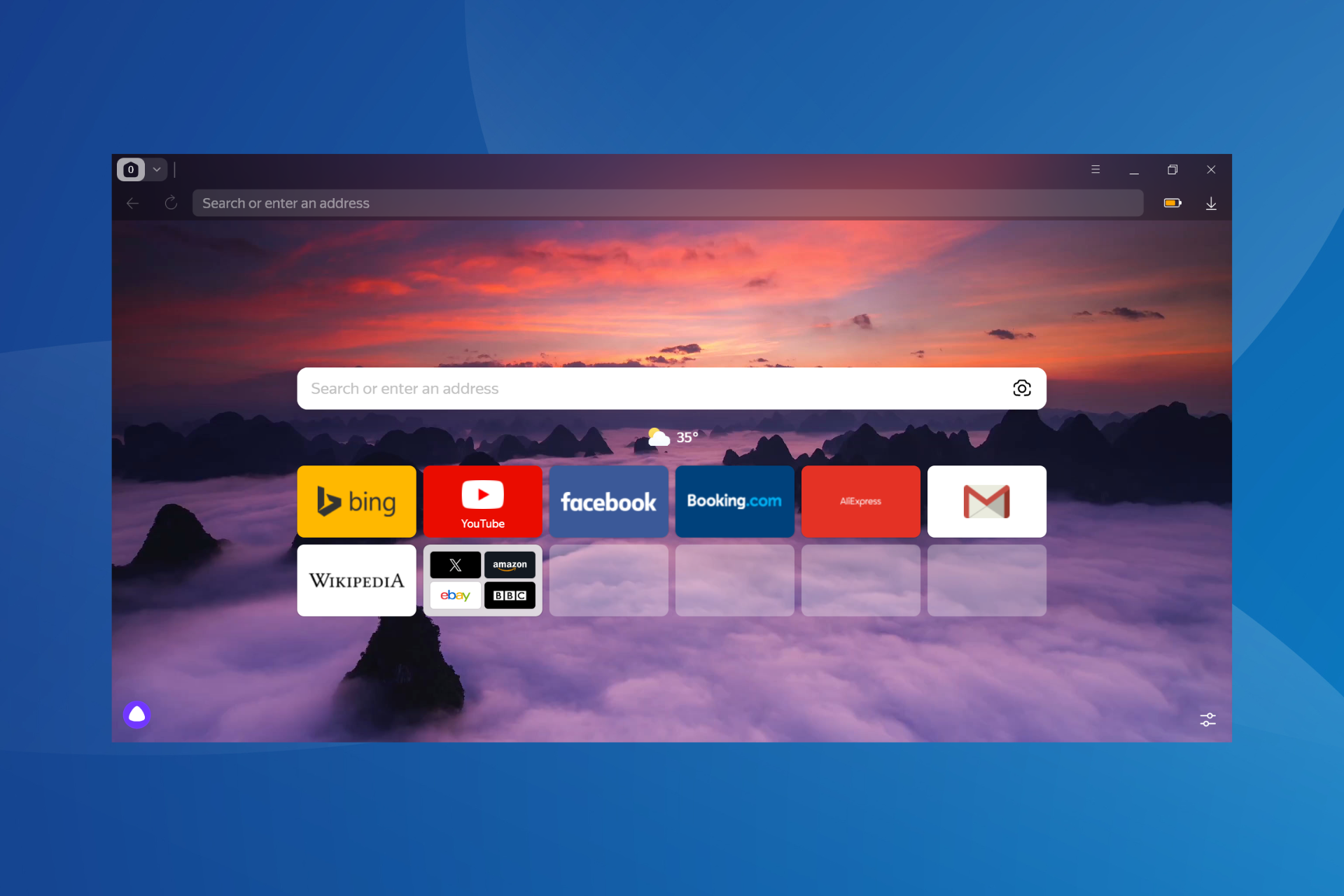How to Back up Windows System to USB in Under 5 Minutes
A USB recovery drive is always useful to restore your system
3 min. read
Updated on
Read our disclosure page to find out how can you help Windows Report sustain the editorial team Read more
Key notes
- It's very useful to backup Windows to USB because you might need the media to recover your system.
- The easiest way to back up your system is by using the recovery drive option from Windows.
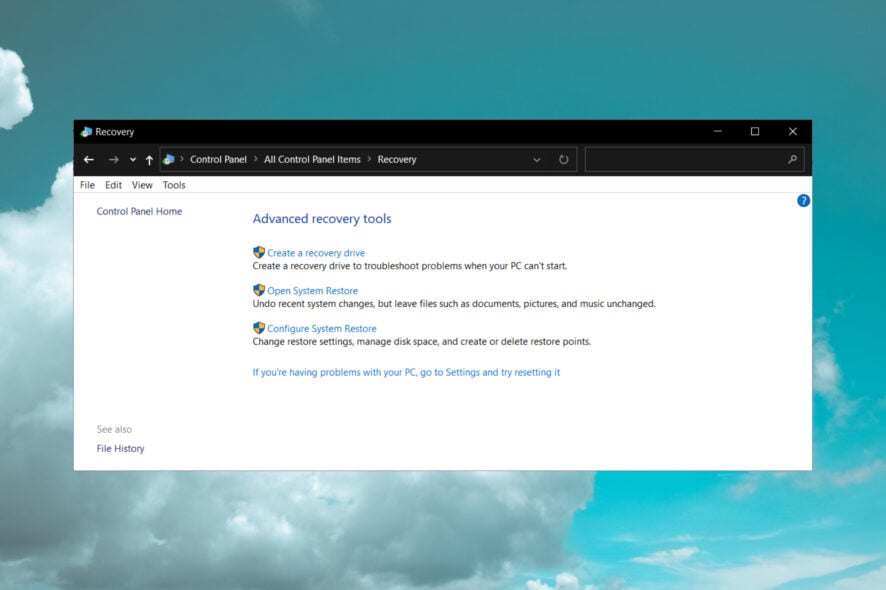
It is always a safe bet to create a backup of your Windows 10, Windows 8.1, Windows 7 operating system just in case something goes wrong, and you would like to have your Windows OS back to the way it was.
For you to create a backup of your Windows 8.1 to your USB stick you will need to have a big enough USB to support everything you have on your Windows 8.1 system. But fortunately for us we only need approximately 6 GB of free space on our USB or less therefore we shouldn’t have any issues with this.
Another good feature in Windows 8.1 is the fact that it offers us the possibility to save directly to an external USB thus making the process a lot easier for us.
So if you used your internal hard drive to save the backup image of your Windows 8.1 operating system you can now transfer it to your USB stick and free up some space for other stuff. For a detailed explanation of how to backup Windows 8.1 to your USB follow the tutorial below.
How do I back up Windows 10 on USB?
1. Use the Create a recovery drive option
- Click the Start button and type recovery drive.
- Click on the Create a recovery drive icon.
- You will need to check the box right next to Copy the recovery partition from the PC to the recovery drive.
- Left click on Next button you have in the lower side of the window.
- You will be presented on the Windows 10, 8.1 window with the necessary size needed on the USB.
- If you have the necessary space needed for the recovery partition on the stick, then insert the USB stick.
- Click on the USB drive to select it.
- Click on the Next button in the lower side of the screen and select Create.
- You will have to wait up to one hour depending on the transfer speed.
- Hit the Finish button after the process is completed.
- Remove the USB stick from your PC.
2. Use Control Panel
- Launch Control Panel and go to System and Security.
- Select Backup and Restore (Windows 7)
- Create a system image
- Now, select On a hard disk.
- Select the storage device where you want to save the backup, then launch the backup process.
- The wizard will now create a full system backup of your system.
Also, another thing you need to keep in mind is that if you upgraded to Windows 10, 8.1 from a previous Windows 8, 7 version you will need to upgrade again your system after you use the USB stick as a backup.
With this being said, you now have a workable backup copy of your Windows 10, 8.1, 7 system ready to use whenever you have any issues with your operating system. If you have any questions regarding this article, let us know in the comments below and we will reply in the shortest time possible.


